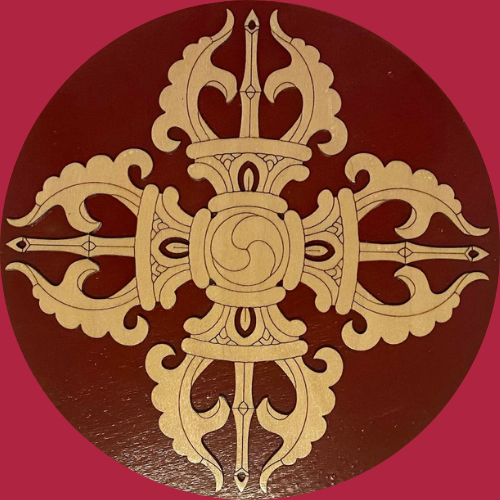Historical sites
Unakoti Hill Temples
Hidden in the backwoods, spectacular rock-cut sculptures and temples are scattered around Unakoti. A belief with these sculptures is that Lord Siva cursed ‘Unakoti’ gods & goddesses- meaning a crore minus one, exactly 99,99,999, turning them into stone. One of the wonders of India, Unakoti presents two kind of sculptures – those carved on rocks & those etched in stones.
Most of the bas-relief works are 30-40 feet high and have a rawness that is more akin to a tribal style than to the classical Indian style and is nothing short of brilliance. The rock-cut images of Hindu pantheons are said to date back to the period between 7th and 9th centuries, some archaeologists believe it may have even been a Buddhist meditation center. Scenic mountains or scenic waterfalls further adds a magic to the atmosphere.
Ujjayanta Palace
Once a royal palace of the Tripura Maharajas, the Ujjayanta Palace is favorite of the Indo-Saracenic style admirers across the world. This present-day museum is gracefully placed amidst Mughal-style gardens on a lakefront of the capital city Agartala, with most of the city’s hustle-bustle appearing around this hub. The gleaming white palace is capped with the large domes and public halls, the throned room, the Durbar Hall, the Chinese Room, and the reception hall.
The architecture and museum exhibits lifestyle, arts, culture, crafts, and culture of North-East communities starkly reflect the history of Tripura as well as the Liberation War of 1971. The distinctive features of the architecture involve stunning tile floors, carved wooden ceilings, and crafted doors. The exotic palace is ringed by several Hindu temples of Lakshmi Narayan, Uma-Maheshwari, Kali, and Jagannath, which attract visitors by themselves.
Neermahal
‘The Lake Palace of Tripura’ or the Neermahal is a palace of its kind, carried on a marshy island in the middle of Rudrasagar. The striking white palace with a red base served as the summer abode of Maharaja Bir Bikram Kishore Debbarman. Ornate structure showcasing glorious past inspired with the Mughal architecture, the marble and stone material palette, projecting balconies, bridges, and pavilions render the palace an architectural piece.
Neermahal is an establishment of the Maharaja’s for blending medieval Hindu and Muslim cultures. The palace is composed of the western residential wing and the eastern wing hosting an open-air theatre featuring cultural events held for royalty. Neermahal houses one of the most beautiful terrace gardens and also has two stairways that lead to a lake. Every August, palace celebrates Water Festival in Neermahal, spectating boat races, swimming contests, and colorful activities.
